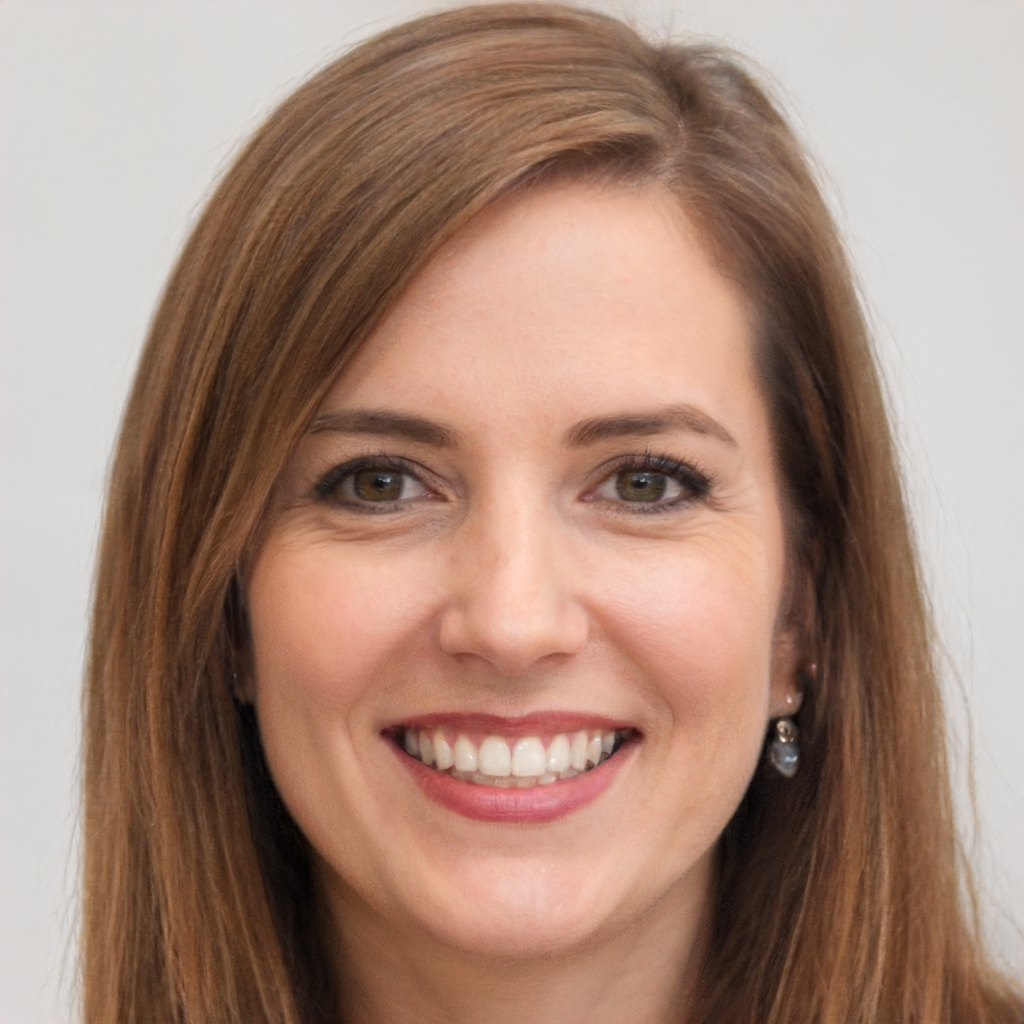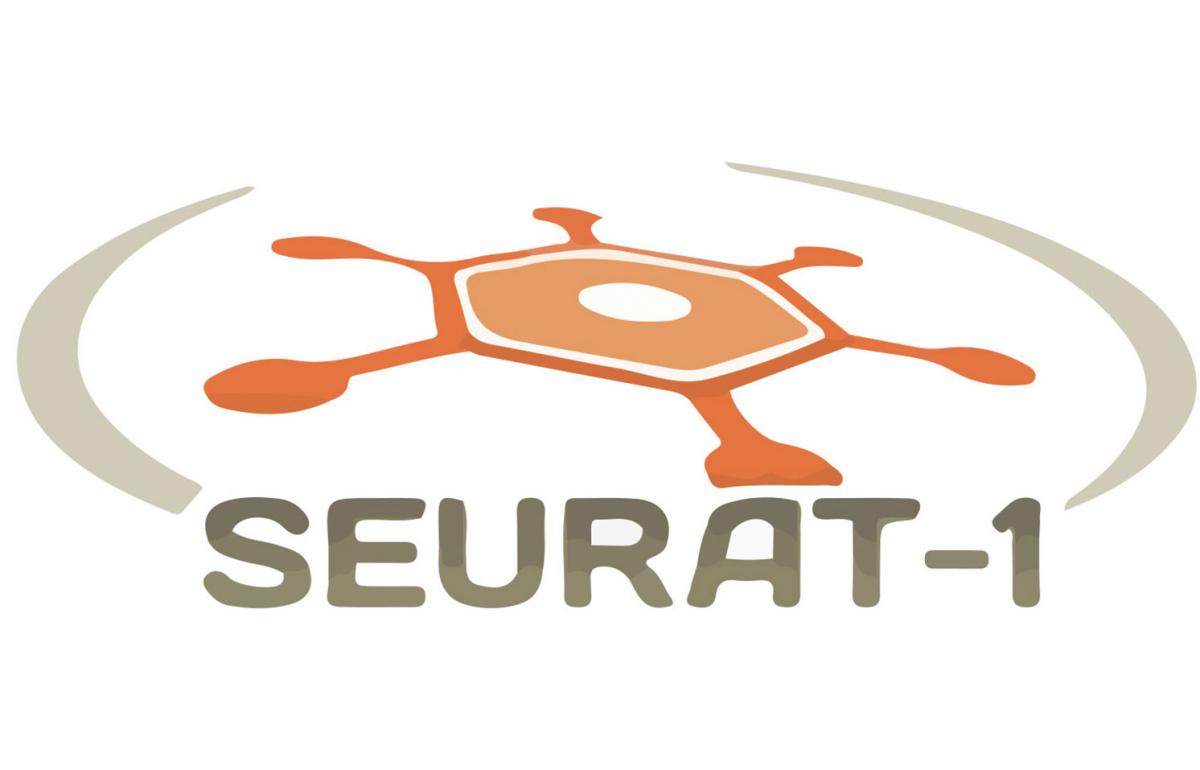The SEURAT-1 cluster assembled for its fourth annual meeting in Barcelona on 5-6 February 2014. With the collective aim of ultimately replacing in vivo repeated dose systemic toxicity testing with animal-free solutions, SEURAT-1 is the largest EU initiative ever undertaken on alternative methods. The cluster comprises 70 European research partners that are co-financed (equally) through a unique public-private partnership between the European Commission (FP7 Programme administered by DG Research & Innovation) and Cosmetics Europe. This annual meeting was the largest so far with more than 150 registered participants.
SEURAT-1 combines five research projects (COSMOS, Scr&Tox, DETECTIVE, HeMiBio and NOTOX), a central data and knowledge management project (ToxBank) and a coordination action (COACH). All the projects are well advanced in their work programmes and a wide variety of new methodologies and tools for mechanistic based toxicology were unveiled at the meeting. These include advanced flow-through bioreactors to cultivate 3D human liver tissue which captures complex interactions between different cell types, new biomarkers of specific toxicities based on both ‘omics and functional readouts, and a bank of 18 fully characterised human Pluripotent Stems Cells (hPSC) ready for assessing potential effects of chemicals on human health. Another major achievement was the launch of the publically accessible COSMOS database, a truly open, transparent and comprehensive one-stop-repository of chronic toxicity data. ToxBank reported considerable progress in collection of project results and is now looking towards data integration and meta-analysis in support of cluster-level objectives.
The ultimate success of the SEURAT-1 approach not only depends on the project deliverables, but will also be established through a set of carefully designed Proof of Concept (PoC) studies. This annual meeting provided a forum to discuss the case studies through dedicated presentation, poster and breakout sessions. Considerable progress has been made on PoC at the “knowledge level” which has involved the theoretical description of Adverse Outcome Pathways (AOPs) associated with three major effects in the liver, including fibrosis, cholestasis and steatosis. Additional AOPs related to other specific organ effects were also presented, covering for example aspects of cardio- and neurotoxicity. Much of this mechanistic AOP knowledge is being used as a basis for PoC at the integrated “systems” level, with seven elaborated case studies being presented related to prediction of specific organ toxicities and mechanistic-based grouping of chemicals. These case studies exploit data generated by tissue bioreactors, ‘omics technologies, high throughput and high content platforms, and a variety of computational tools. Discussions centered on how to achieve as much synergy as possible between case studies, especially regarding chemical selection, in order to ensure the optimum use of resources and the best chance to integrate datasets from different systems towards common prediction goals. The results of the predictive toxicity case studies will be presented at the next annual meeting in January 2015.
The ultimate goal of SEURAT-1 is to demonstrate that information derived from the tools being developed can be actually used to make decisions. To this end, all eyes are focused on the PoC dealing with “safety assessment”, where AOP thinking guides a rational approach to the generation, integration and interpretation of alternative data within the SEURAT-1 integrated assessment framework. The case studies presented with this aim in mind cover two particular scenarios, namely, a read-across (one chemical’s toxicological properties are predicted from another, similar chemical) and a fully quantitative risk assessment scenario. Besides depending on strong cross-cluster interactions, this ultimate PoC will benefit from the recent SEURAT-1 linkup with research efforts in the USA, in particular with the Tox21 and ToxCast programmes. Thus SEURAT-1 is looking to global collaboration to achieve improved safety assessment of chemicals without the use of animal testing.
As is now tradition at the SEURAT-1 annual meetings, three young scientists were presented with “Excellent Poster Awards”. The subjects of the winning contributions this year were related to kinetic modelling of hepatotoxicity, the COSMOS database, and the case study based on the HeMiBio liver bioreactor.
Download the Executive Summary.
Download the final version of the Meeting agenda.
EPAA reporting on SEURAT-1 Annual Meeting

Sara holds the esteemed position of Lead Publisher at SEURAT, overseeing the curation and dissemination of content centered on health and ethical consumer choices. With her rigorous editorial standards and an acute understanding of the health supplement industry, she ensures the delivery of accurate, insightful, and relevant information to the platform’s discerning audience. Her commitment to promoting cruelty-free practices has solidified the website’s reputation as a trusted source for professional and ethical insights in the sector.
